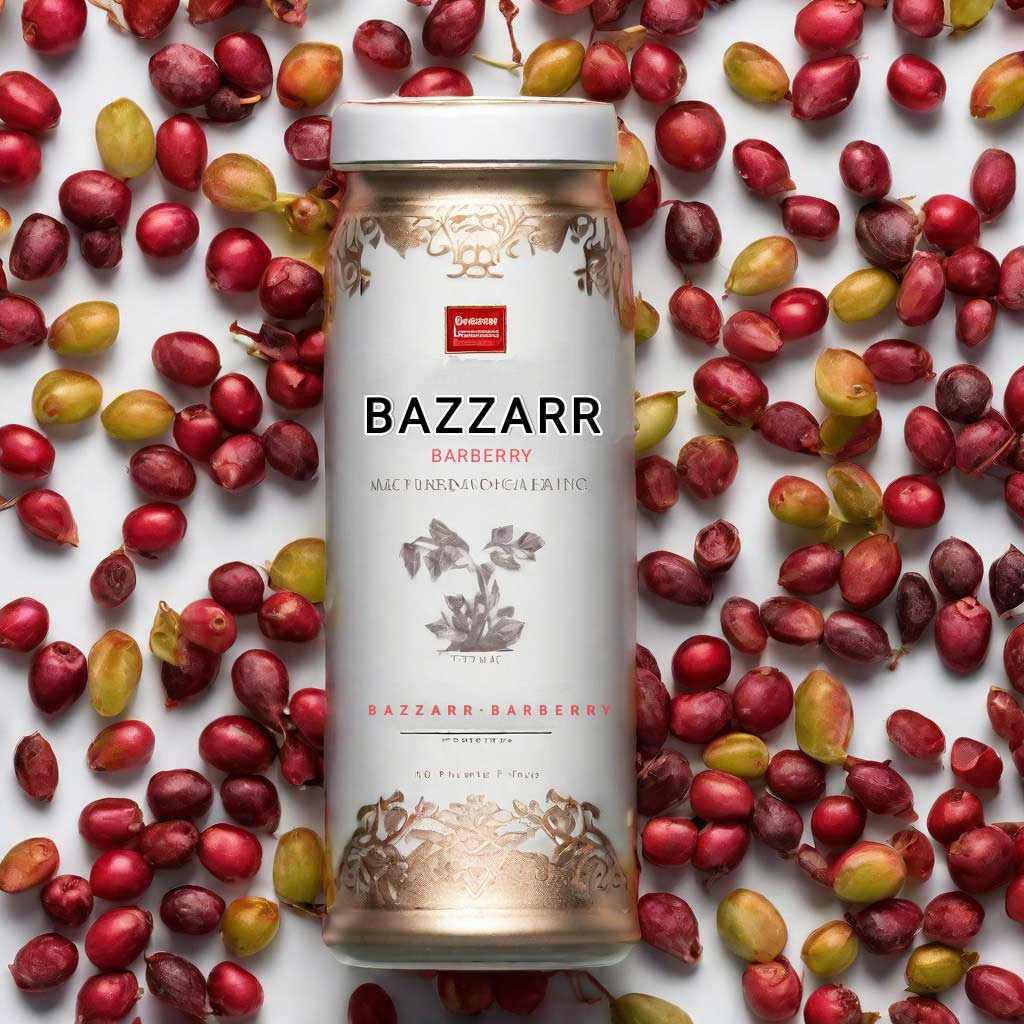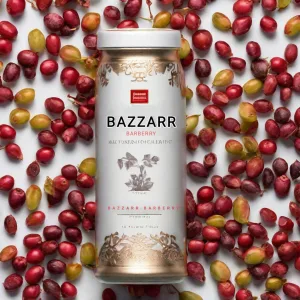The Tangy Jewel: Unraveling the Secrets of Barberry
Introduction:
In the vast realm of culinary wonders, there are certain ingredients that possess a unique charm, both in flavor and appearance. One such jewel of the culinary world is barberry. Known for its vibrant red color and tangy taste, barberry has been captivating taste buds for centuries. In this article, we will delve into the world of barberry, exploring its origins, nutritional benefits, culinary applications, and much more. So, let us embark on a journey to unlock the secrets of this tangy delight.
Origins of Barberry:
Barberry, scientifically known as Berberis vulgaris, is a small shrub native to Europe, North Africa, and western Asia. It has a long history of use in traditional medicine and culinary traditions in these regions. The shrub produces small, tart berries that are harvested and dried to create the culinary ingredient we know as barberry.
Nutritional Benefits of Barberry:
Barberry not only delights the taste buds but also offers a range of health benefits. This tangy jewel is packed with essential nutrients, including vitamin C, antioxidants, and dietary fiber. These nutrients contribute to a healthy immune system, improved digestion, and overall well-being.
Culinary Applications of Barberry:
Barberry is a versatile ingredient that can elevate a wide variety of dishes with its unique tangy flavor and vibrant color. Here are some popular culinary applications of barberry:
1. Middle Eastern Cuisine: Barberry is a staple ingredient in Middle Eastern cuisine, particularly in Iranian and Persian dishes. It is used to add a tangy element to rice dishes like Zereshk Polo (barberry rice) and in stews like Ghormeh Sabzi.
2. Baking: Barberries can be incorporated into baked goods such as muffins, cakes, and cookies, adding a burst of tanginess and a visually appealing touch.
3. Salads and Sides: The tartness of barberry pairs well with salads, especially those with earthy or savory flavors. Barberries can also be used as a garnish or added to side dishes to enhance the overall taste and presentation.
4. Condiments: Barberry can be made into a delightful tangy sauce or relish that complements roasted meats, grilled vegetables, or even sandwiches.
5. Beverages: Barberry can be infused into drinks like tea or used as a flavoring agent in cocktails, providing a refreshing and tangy twist.
Cultivation and Harvesting of Barberry:
Barberry shrubs thrive in well-drained soil and temperate climates. The shrubs produce bright red berries that are harvested by hand when they reach maturity. The harvested berries are then carefully dried to preserve their flavor and nutrients.
Culinary Varieties:
There are several varieties of barberry, each with its own unique flavor and characteristics. Some popular varieties include:
1. European Barberry: This variety is the most common and widely used in culinary applications. It has a tart flavor and vibrant red color.
2. Japanese Barberry: Japanese barberry has a more mild and sweet taste compared to European barberry. It is often used in Japanese cuisine and herbal teas.
3. Indian Barberry: Indian barberry, also known as “daruharidra” in Ayurveda, has a bitter taste and is used in traditional Indian medicine.
Tips for Using Barberry:
When using barberry in your culinary creations, keep the following tips in mind:
1. Rehydrating Dried Barberries: If using dried barberries, soak them in warm water for a few minutes to rehydrate them before adding them to your dishes.
2. Balancing the Tartness: Barberries can be quite tart, so it’s important to balance their flavor by pairing them with ingredients that have sweetness or richness. This will create a harmonious blend of flavors.
3. Using Barberry Powder: Barberries can also be ground into a powder and used as a seasoning or flavoring agent in dishes. This can be a convenient way to incorporate the tangy flavor of barberry.
Barberry is generally safe for consumption, but it is always advisable to consult with a healthcare professional, especially if you have any specific dietary restrictions or allergies
Absolutely! Barberry is a plant-based ingredient and can be incorporated into a variety of vegetarian and vegan dishes to add a tangy twist.
Barberry can be found in specialty food stores, Middle Eastern markets, or online retailers. Ensure that you source barberries from reputable suppliers to ensure their quality and freshness.
No, it is not recommended to eat barberries raw as they can be quite tart and acidic. They are usually dried or cooked before being used in dishes.
Yes, barberry has a long history of use in traditional medicine. It is believed to have various health benefits, including antimicrobial and anti-inflammatory properties. However, it is essential to consult with a healthcare professional before using barberry for medicinal purposes.



